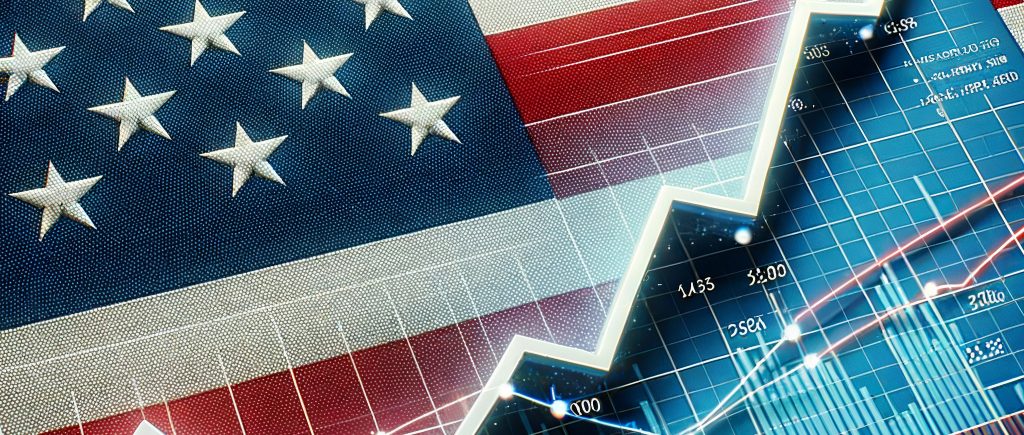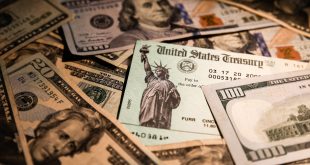Wall Street is buzzing about the Sahm Rule after the latest US Bureau of Labour Statistics data release showed an unexpected rise in the unemployment rate. While the headline number of 206,000 new jobs created in June exceeded the 190,000 expectations, economists are concerned about several underlying factors.
What is the Sahm Rule?
The Sahm Rule, developed by former Fed economist Claudia Sahm, is a real-time indicator for predicting recessions. It focuses on changes in the unemployment rate.
According to the rule, a recession is likely if the three-month moving average of the national unemployment rate rises by 0.5 percentage points or more compared to its lowest point in the previous 12 months.
Why is it Triggered Now?
The unemployment rate climbed to 4.1% in June, exceeding forecasts and triggering the Sahm Rule. The three-month average is now 4.0%, while the lowest rate in the past year was 3.5% in July 2023. This meets the criteria for a potential recession signal.
Is a Recession Imminent?
Economists caution against overreacting. They point out this economic cycle is unique. The unemployment rise might be due to a strong labour force, not weak job demand. However, the Sahm Rule indication, combined with rising initial claims and continuing claims, suggests a potential economic slowdown.
Market Reactions and Policy Implications
Financial markets showed mixed reactions. Equity futures remained flat, while the bond market rallied. This could be a sign that investors are anticipating a shift in Fed policy. With inflation seemingly under control, the Fed might consider easing interest rates to stimulate growth, potentially reversing the hikes implemented in 2022.
The Bottom Line
The recent rise in unemployment and the triggering of the Sahm Rule raise concerns about a potential recession. However, more data is needed for confirmation. The Fed will likely be closely monitoring the situation and might adjust its policies accordingly in the coming months. The rule has applied for every recession dating back to at least 1948 and thus works as an effective warning sign when the value starts to increase.
Even with the rising jobless level, Fed officials have expressed little concern about the labour market. Following its meeting last week, the rate-setting FOMC labeled the jobs market as “strong,” and Chair Jerome Powell at his press conference said conditions “have returned to about where they stood on the eve of the pandemic — relatively tight but not overheated.”
In fact, officials sharply lowered their individual forecasts for rate cuts this year, going from three expected reductions at the March meeting to one this time around.
The move surprised markets, which still are pricing in two cuts this year, according to the CME Group’s FedWatch measure of fed funds futures market contracts.
“The bad outcomes here could be pretty bad,” Sahm said. “From a risk management perspective, I have a hard time understanding the Fed’s unwillingness to cut and their just ceaseless tough talk on inflation.”
Playing with fire
Sahm suggests that Jerome Powell and his colleagues “are playing with fire” and should be paying attention to the rate of change in the labour market as a potential harbinger of danger ahead. Waiting for a “deterioration” in job gains, as Powell spoke of last week, is dangerous, she added.
“The recession indicator is based on changes for a reason. We’ve gone into recession with all different levels of unemployment,” Sahm said. “These dynamics feed on themselves. If people lose their jobs, they stop spending, [and] more people lose jobs.”
The Fed, though, finds itself at a bit of a crossroads.
Tracking a recession where the unemployment rate starts this low requires a trip all the way back to the latter part of 1969 into 1970. Moreover, the Fed rarely has cut rates with unemployment at this level. Central bankers in recent days, including on several occasions Tuesday, have said they see inflation moving in the right direction but don’t feel confident enough to start cutting yet.
By the Fed’s preferred barometer, inflation ran at 2.7% in April, or 2.8% when excluding food energy prices for the core reading that policymakers especially zero in on. The Fed targets inflation at 2%.
“Inflation has come down a lot. It’s not where you want it to be, but it is pointed in the right direction. Unemployment is pointed in the wrong direction,” Sahm said. “Balancing these two out, you get closer and closer to the danger zone on the labour market and further away from it on the inflation side. It’s pretty obvious what the Fed should do.”

 Noor Trends News, Technical Analysis, Educational Tools and Recommendations
Noor Trends News, Technical Analysis, Educational Tools and Recommendations




